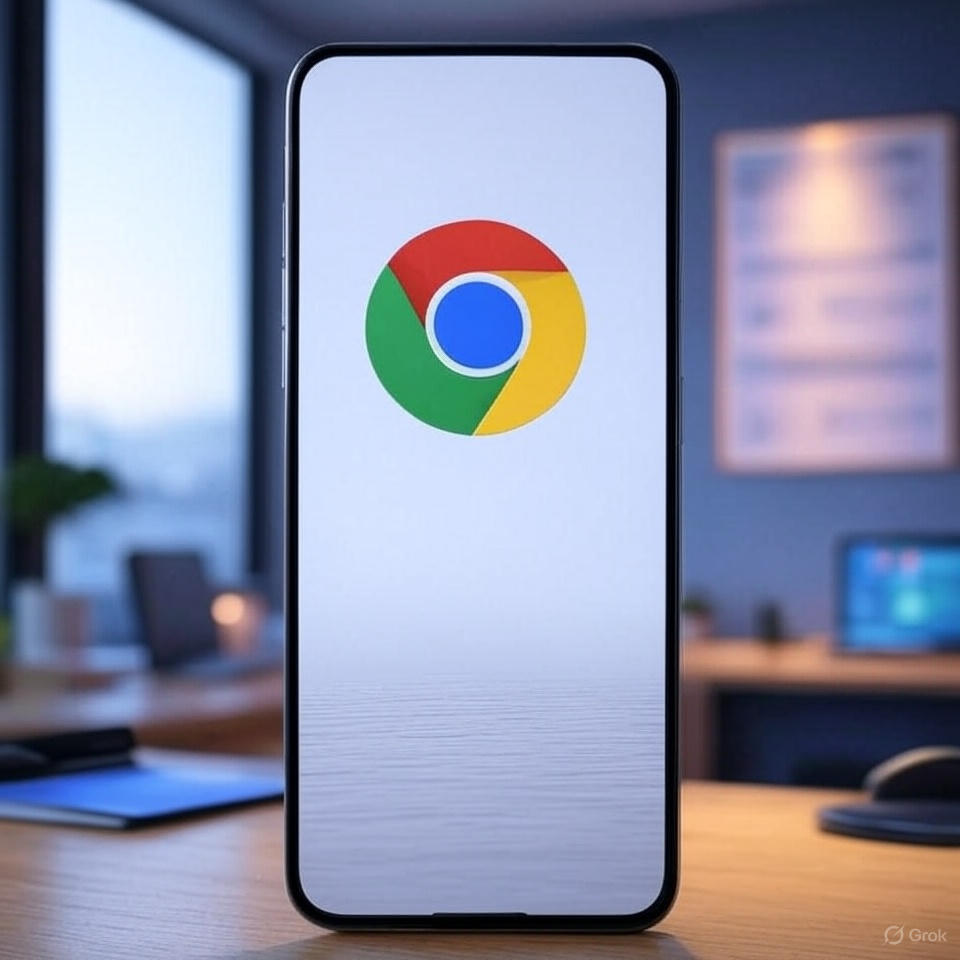Google Chrome Canary model 139 for Android has begun testing Materials 3 Expressive design updates, a part of Google’s ongoing effort to modernize its apps and align them with Android’s newest visible language. This design method goals for a cleaner, extra personalised, and visually distinctive interface, whereas additionally encouraging adoption by exterior builders.
Probably the most seen modifications seem within the tab administration space and the primary menu overlay. Within the tab view, buttons for particular person tabs and tab teams are actually positioned inside clearly outlined containers (“niches”), changing the earlier floating-style structure. The new tab button has been redesigned with a framed type and added coloration, drawing extra consideration to it. Tab teams have additionally been visually enhanced: as a substitute of exhibiting the consumer’s chosen group coloration solely as a small dot subsequent to the group identify, the chosen coloration now fills the whole group folder. This modification gives higher visible differentiation and makes it simpler for customers to handle a number of teams at a look.

Picture courtesy of TuttoAndroid
Within the primary menu overlaya number of key buttons—similar to ahead, favorites, downloads, web page data, and refresh—are actually positioned inside rounded packing containers for higher visibility. When one in every of these buttons is chosen, the field modifications from a totally rounded form to a sq. kind with rounded corners, including refined visible suggestions. For instance, that is seen when highlighting the favorites icon.
Regardless of these updates, the remainder of the primary menu retains its acquainted structure, order, and part divisions, guaranteeing that customers don’t must relearn navigation patterns.

Picture courtesy of TuttoAndroid
At present, these Materials 3 Expressive options are experimental and solely obtainable within the Chrome Canary model. Customers should manually allow them via the experimental flags menu at `chrome://flags/`. Since Canary serves as a testing floor, it’s anticipated that when refined, these design enhancements will make their strategy to the steady Chrome for Android launch within the close to future.
This transfer displays Google’s broader initiative to unify its visible identification throughout all its Android apps, prioritizing expressive, useful, and user-friendly design decisions. By implementing deeper coloration integration, extra structured button placement, and interactive menu components, Chrome goals to ship a extra polished and immersive looking expertise with out disrupting established usability.
Filed in . Learn extra about Android, Chrome and Materials Design.

